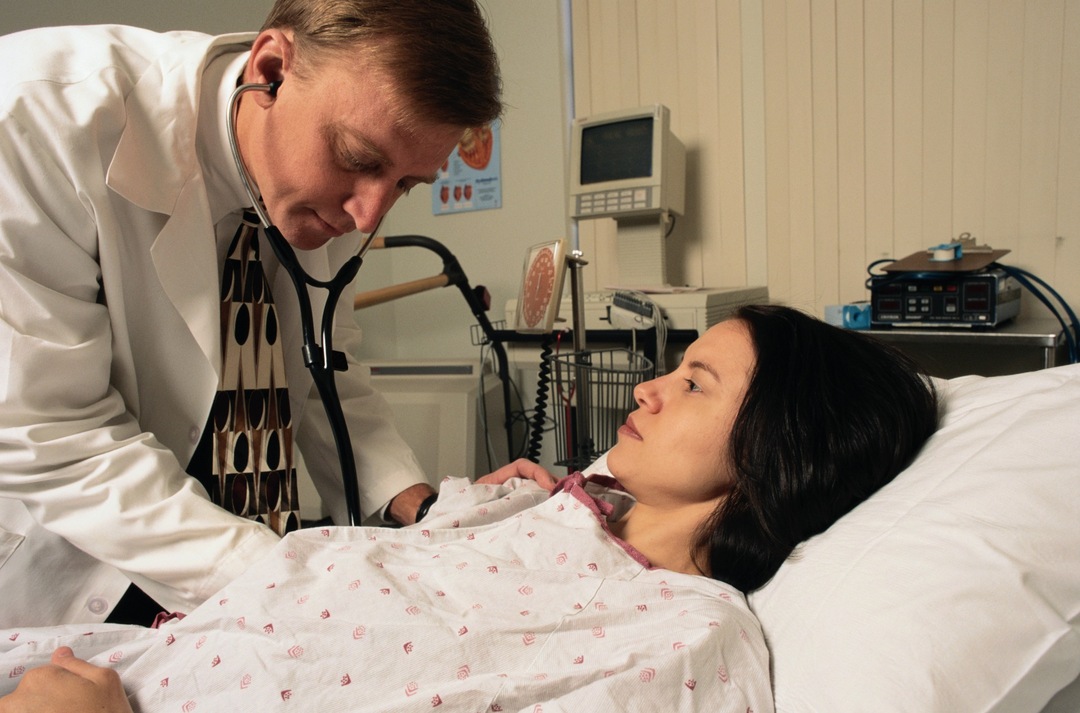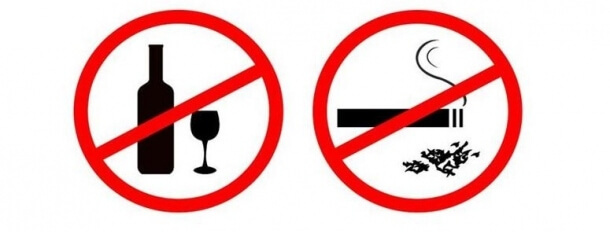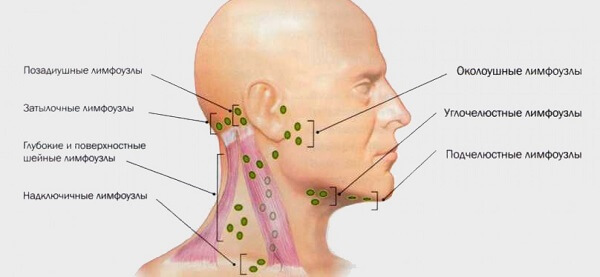Increased intracranial pressure: causes and treatment
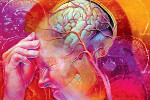 Intracranial pressure is an indicator of the level of pressure of cerebrospinal fluid on the brain.If, as a result of the determination of pressure, its increase was revealed, it could mean the development of a pathological process in any of the brain regions - a tumor, extensive hemorrhage, hematoma, hydrocephalus and others.All these diseases represent an immediate danger to human health and life.Therefore, it is important to know the symptoms of increased intracranial pressure in order to seek professional medical help in a timely manner.
Intracranial pressure is an indicator of the level of pressure of cerebrospinal fluid on the brain.If, as a result of the determination of pressure, its increase was revealed, it could mean the development of a pathological process in any of the brain regions - a tumor, extensive hemorrhage, hematoma, hydrocephalus and others.All these diseases represent an immediate danger to human health and life.Therefore, it is important to know the symptoms of increased intracranial pressure in order to seek professional medical help in a timely manner.
Causes of increased intracranial pressure
High intracranial pressure may occur for various reasons. For example, spontaneous enhancement can be observed with the following pathologies:
- inflammatory process and cerebral edema;
- cerebrospinal fluid is formed in large quantities - this characteristic is characteristic of hydrocephalus;
- finding in the cranial cavity of the tumor, hematoma or foreign body;
- poisoning and intoxication of the body, in which the enlarged vessels of the brain contain a large amount of blood.
In addition, there are a number of diseases that inevitably lead to increased intracranial pressure:
- stroke hemorrhagic or ischemic and in general any disorders of cerebral circulation;
- trauma to brain tissue - for example, bruising or concussion of varying degrees;
- meningitis, encephalitis, ventriculitis - these pathologies are accompanied by inflammation of the membranes of the brain;
- Poisoning by toxic gas and any toxic substances;
- subdural and epidural hematomas;
- hydrocephalus;
- pathology of development and structure of the brain of an innate character.
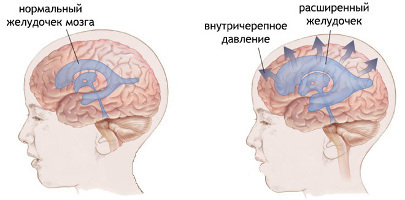
More details on the causes of increased intracranial pressure - in the video review:
Symptoms of intracranial pressure in adults
Increased intracranial pressure manifests itself with rather severe symptoms.The main one is a headache, which has certain characteristics:
- in character - bursting from the inside, pressing.Very rarely, increased intracranial pressure is accompanied by a throbbing pain;
- time of arrival - morning, literally right after waking up and getting up from bed;
- amplification moments - coughing, sneezing, tilting forward.
Increased intracranial pressure is accompanied by nausea and vomiting, and a distinctive feature is the lack of effect when taking analgesics. The pathology in question is accompanied by vegetative vascular dystonia, which will be manifested by the following symptoms:
- Variable blood pressure - decreases / rises within 24 hours;
- disruption of the intestine - there may be chronic constipation or persistent diarrhea( diarrhea);
- increased salivation;
- increased sweating in the palms and feet;
- occasionally have attacks of suffocation;
- violation of the psychoemotional state - there are unreasonable fears, anxiety, irritation, nervousness;
- regular dizziness;
- abdominal pain syndrome, imitation of a heart attack.
High intracranial pressure can occasionally be accompanied by stroke-like symptoms:
- violation / loss of consciousness - the patient may fall into a coma;
- walking is broken, the person moves with a staggering gait;
- speech is broken;
- offers indomitable vomiting;
- appears incontinence, in some cases a spontaneous act of defecation occurs;
- breathing is disturbed.
Symptoms of increased intracranial pressure in infants
Note: the symptoms of high intracranial pressure in adults and children will be strikingly different. For young patients, the following signs of the pathological condition will be characterized:
- discrepancy of the skull bones, swelling of small and large fontanelles - this is typical for infants;
- cardinal change of behavior of the child - appears either moodiness and irritability, or strong drowsiness and apathy to the surrounding;
- , regardless of food intake, indomitable vomiting( literally a fountain) may appear;
- the function of the eyeballs is impaired - vision falls, sudden strabismus may appear;The chin is constantly trembling - tremor;
- consciousness is disturbed, the child can fall into a prolonged coma;
- spontaneously develops a convulsive syndrome;
- the size of the head circumference increases.
How serious is the increase in intracranial pressure in children, says pediatrician:
Possible complications of
Increased intracranial pressure, in the absence of professional help, can provoke the development of serious complications:
- sharp drop in vision,Complete blindness - the cerebrospinal fluid exerts pressure on the area of the brain tissue responsible for the functions of the organs of vision;
- frustration of consciousness and immobilization of the patient - the pressure is on the cerebellum, possibly its infringement;
- epilepsy;
- dysfunction of the brain, which is responsible for the mental state of the patient;
- stroke - ischemic or hemorrhagic.
Especially dangerous is the condition when the increase in intracranial pressure occurs suddenly and develops rapidly - it usually ends in a lethal outcome.
Treatment of intracranial pressure
Treatment of high intracranial pressure occurs in several stages:
First .The cause of the development of the pathological condition is clarified, and measures are taken to eliminate it.For example, if the cause is a tumor, a hematoma or a large hemorrhage, then it is necessary to perform an operative removal of the tumor.In the case of diagnosing the inflammatory process in the brain tissues, antibacterial therapy is prescribed.
Note: in case of high intracranial pressure due to hydrocephalus, shunting is performed - thus creating an additional "pathway" through which excess cerebrospinal fluid will leave the skull.
Second .On an individual basis, drug therapy is chosen, which is designed to correct the level of intracranial pressure.The following groups of medications can be used:
- hormonal agents - dexamethasone;
- osmodiuretics( they are designed to reduce the amount of cerebrospinal fluid) - glycerol and / or mannitol;
- group of neuroprotectors - glycine;
- loop diuretics - furosemide;
- Diacar.
Third .At this stage, a carniotomy of the decompensated appointment is performed, ventricular puncture is a medical procedure / manipulation that helps to significantly reduce the amount of cerebrospinal fluid in the skull.
Fourth .Implies the appointment of dietary nutrition, which is built on the principle of limiting the incoming fluid and salt in the body.
Fifth .This is the so-called rehabilitation period - the patient's condition has already been stabilized, the threat of life has passed and all possible methods of treatment can be used.Effective sessions are homeopathic therapy, acupuncture has proven itself, it is appropriate to conduct hyperbaric oxygenation and hyperventilation.
Note: if the treatment was performed in a strengthened mode, several therapies were used at once - for example, antibacterial and shunting simultaneously, the patient may develop side effects:
- intense headaches, often with active head movements;
- nausea / attacks of vomiting that occur regardless of meal time;
- severe dizziness, until a brief loss of consciousness.
These phenomena mean a too sharp decrease in intracranial pressure, which requires immediate response from the attending physician - it is necessary to adjust the treatment regimen.The duration of treatment of increased intracranial pressure is variable, but usually this period is 3-6 months.After a long rehabilitation period, the patient must register with the doctor and every 12 months to undergo preventive examinations - relapses of the pathological condition in question, unfortunately, happen quite often.
Traditional medicine
Please note: it is impossible to cure the increased intracranial pressure completely by prescriptions from the category of traditional medicine - visiting a doctor and getting prescription medication is necessary. But with the appearance of the first signs of the pathology in question it is possible to considerably ease your condition by the following methods:
- Take sedative teas with mint, melissa.Even if you suspect high intracranial pressure, anxiety, anxiety and nervousness will only worsen the condition.
- Adjust the diet - try to limit the amount of liquid used and salty / marinated / smoked products.
- Use instead of banal water decoctions of rose hips and hawthorn are natural diuretics that will reduce the amount of fluid in the body.
- Take 20 drops of alcohol tincture from clover flowers daily.To make it, you need to pour 2 cups of a dry component into a liter jar, pour all this with water to half a can and top up with pure alcohol.The medicine should be infused for at least 10 days.
- Use a mixture of tinctures.Buy ready-made alcoholic tinctures of valerian, motherwort, hawthorn and eucalyptus, mix them and take 10-15 drops twice a day.
Important : treatment with tinctures can be carried out only by adults, the duration of their intake is at least 2 weeks in a row.Then you need to take a break in treatment( 7 days) - during this time you can safely be examined and get a verdict of doctors.
If necessary, the treatment can be continued according to the same scheme.When there are symptoms of high intracranial pressure, you can use the simplest recipe of the compress - mix in equal amounts medical alcohol and camphor oil.This mixture should be applied to the head, lightly rubbing it into the skin, closing / warming the head and withstand the procedure for 15 minutes.
Similar compresses need to be carried out at least 10, one for each day.Traditional medicine should not be considered as the only possible in the treatment of increased intracranial pressure.All of the above recipes can be used as additional measures of influence during complex therapy.
Some features of the condition in question
Many residents believe that with age, high intracranial pressure stabilizes "in itself", so no specific treatment can be avoided.This is a fatal mistake - this pathological condition will only progress and adversely affect the activity of the brain.But do not panic - if increased intracranial pressure is an acquired condition, but not congenital, then it is completely curable - there are quite a lot of modern methods of effective therapy.
Increased intracranial pressure is a direct cause of mental retardation and may have genetic roots - this is a misconception.If the treatment was carried out on time, as long as no irreversible changes in the brain occurred, then the condition does not affect the mental, mental and physical abilities of the patient.The hereditary factor of this condition was not confirmed by any study.
Tsygankova Yana Aleksandrovna, medical reviewer, therapeutist of the highest qualification category.

